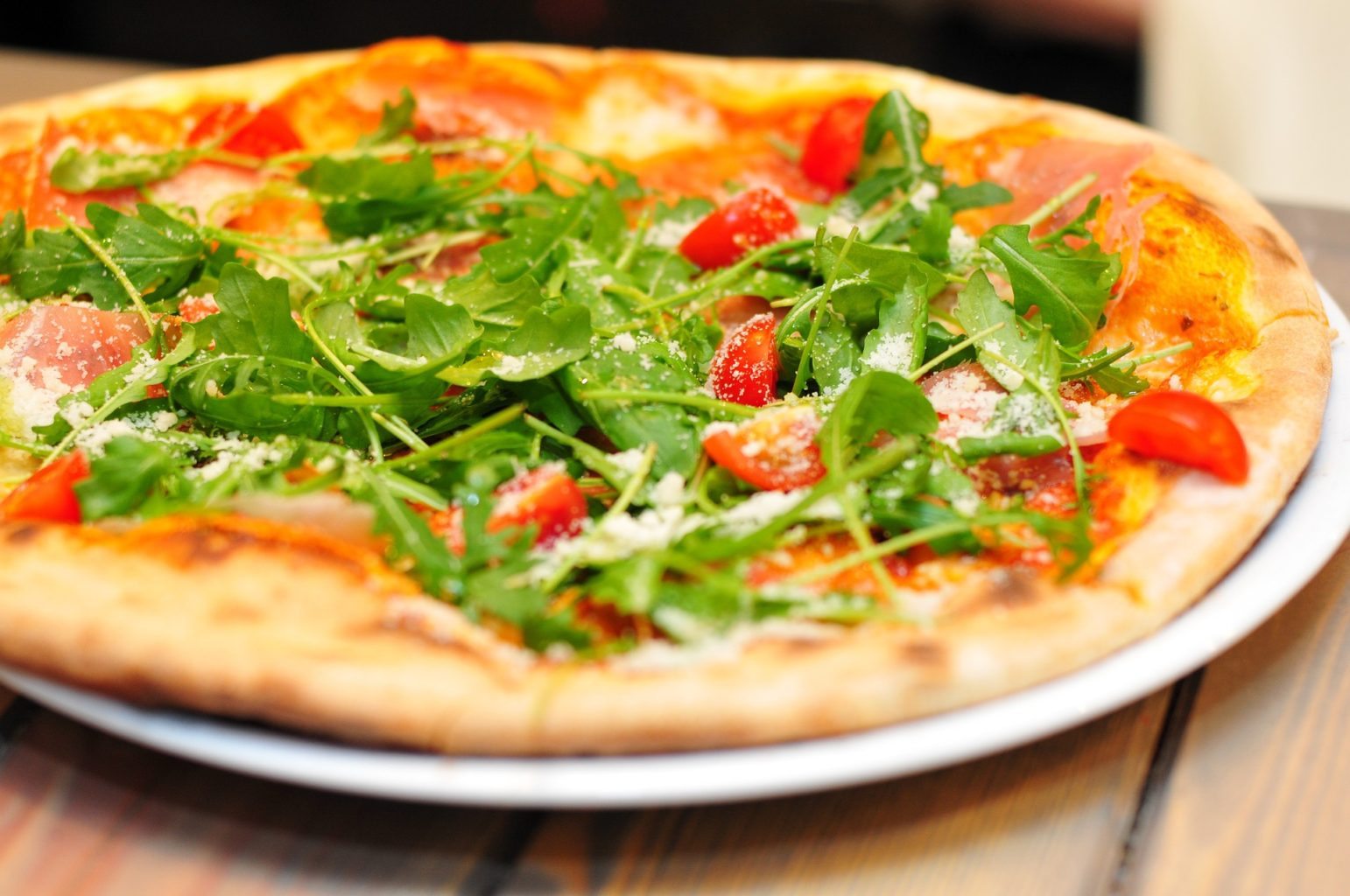Food in film
Small details may pass unnoticed by most of the audience when watching a film but those references which good directors leave in the background details of a scene are key in maintaining continuity and captivatingus in the story. Those films that pay attention to every detail to create a harmonious composition are the ones that pass the filter of History as masterpieces. Food is one of those background elements that appear in virtually every film and that can, if used well, be essential, even if they are not part of the film’s theme. Food can be used to stimulate the audience in both conscious and subconscious levels, working as metaphors, transition devices, or even to depict a character’s personality (as in Garfield’s lasagne).
This list captures some excellent examples of how food has been used in cinema. In these films, food takes a central role in the plot but it is also used as a precious artistic element. Each one of these masterpieces are as satisfying to watch as an actual feast, so “Bon Appétit”.
Babette’s Feast (1987)
This highly acclaimed Danish film from 1987 is my personal favourite of the list. No other film, in my opinion, has given such a powerful meaning to food before. The film narrates the story of a remote Danish village in the nineteenth century where life is rooted in strict puritanism. A French woman requesting asylum from the French civil war will change the life of the town just by a small gesture, preparing a feast of French delicacies. Of course, food here transcends its mundane meaning to represent all those passions in life long forgotten by the religious members of the community, who will refuse to embrace them until one of them, food in this case, awakens their deprived spirits. Pure emotion pictured with the delicate style of Gabrel Axel. A perfect portrait of that time in history but also a persistent reminder of the joys of life which can be easily misunderstood as sins, but without which life would lose its colour.
Tampopo (1985)
It is important to acknowledge that the role of food can be completely different in each culture. I could have chosen ‘Eat Drink Man Woman’ (1994) or even the documentary ‘Jiro Dreams of Sushi’ (2011) as examples of how food is treated in Asian cultures, but I chose ‘Tampopo’, a famous Japanese comedy, because it is so special that it became an instant classic of Japanese cinema. This story of how a lorry driver helps an old lady to create the best “ramem” recipe in town is a warm comedy that perfectly illustrates the culture around food in Japan. Although the story has little to do with a classic Western, the film has been described as a “ramen western” (following the example of the Italian “spaghetti westerns”). The parallels between genres can be drawn by the structure of the story and by the several visual references that the film makes to classic Westerns. Many Hollywood comedies and romantic films, especially in recent times (‘Chef’, ‘The Lunch Box’), have chosen food as their central theme, but few of them can compare in quality to this delightful classic.
Sideways (2004)
This time, the main element of the story is not food, but wine. Sideways relates the self-discovery journey of two old friends, a recently divorced writer and a failed actor who is going to get married, through Napa Valley (California). Drinks can be elements of such importance for a film, as food was for the examples above. Sideways graciously illustrates the place that alcoholic drinks have in our social interactions and the different outcomes that these situations can take due to its effects. Paul Giamatti’s performance is exceptional, in a film that captures perfectly the new American indie style that tries to differentiate from the mainstream products through sincere character development and realistic stories. A different road movie with a special appeal for wine lovers, who will surely identify with the characters and their stories.
Next Floor (C) (2008)
I will add this one as a small personal suggestion. I could not resist mentioning this short film when talking about food in cinema. Denis Villeneuve (‘Arrival’ (2016), ‘Prisoners’ (2013), ‘Incendies’ (2010)), one of the most promising contemporary directors, finds a space for pure experimentation in his peculiar short films. Only he could be able to create such a sensation of anxiety in the brief duration (twelve minutes) of this film. The film depicts a luxurious feast with a special course of action in which the guests are concentrated purely in devouring the never-ending food. While the tension of the film increases, the guests become more dehumanised and the food more visceral, driving the whole story into a vicious cycle with one inevitable ending. A metaphor of gut and consumerism that will be delightful for fans of the director.


Comments (1)
If you’re into this subject, Hitchcock’s Frenzy may be a good one to check out – Hitch uses food in that picture to connect with death and the killer.